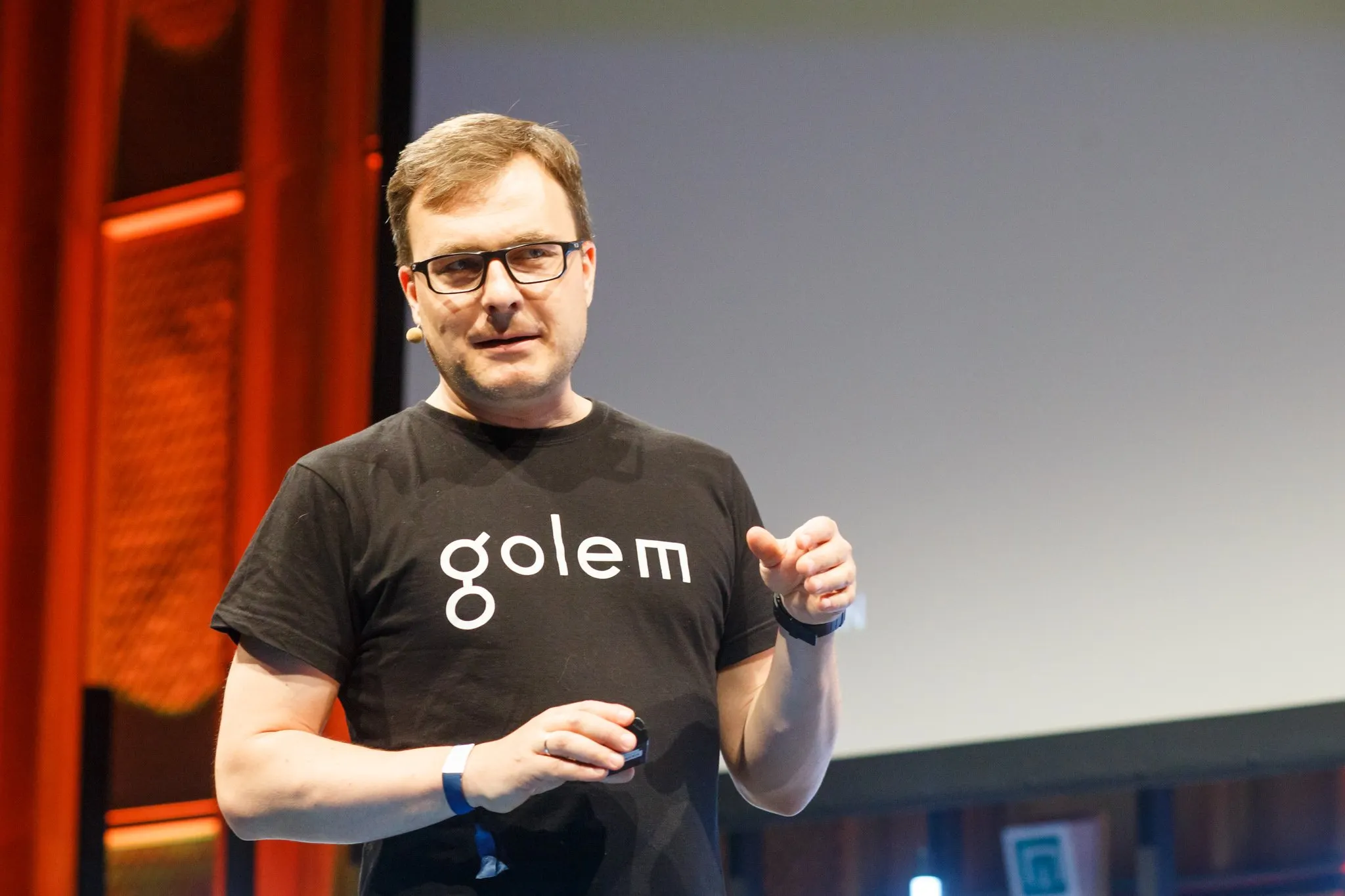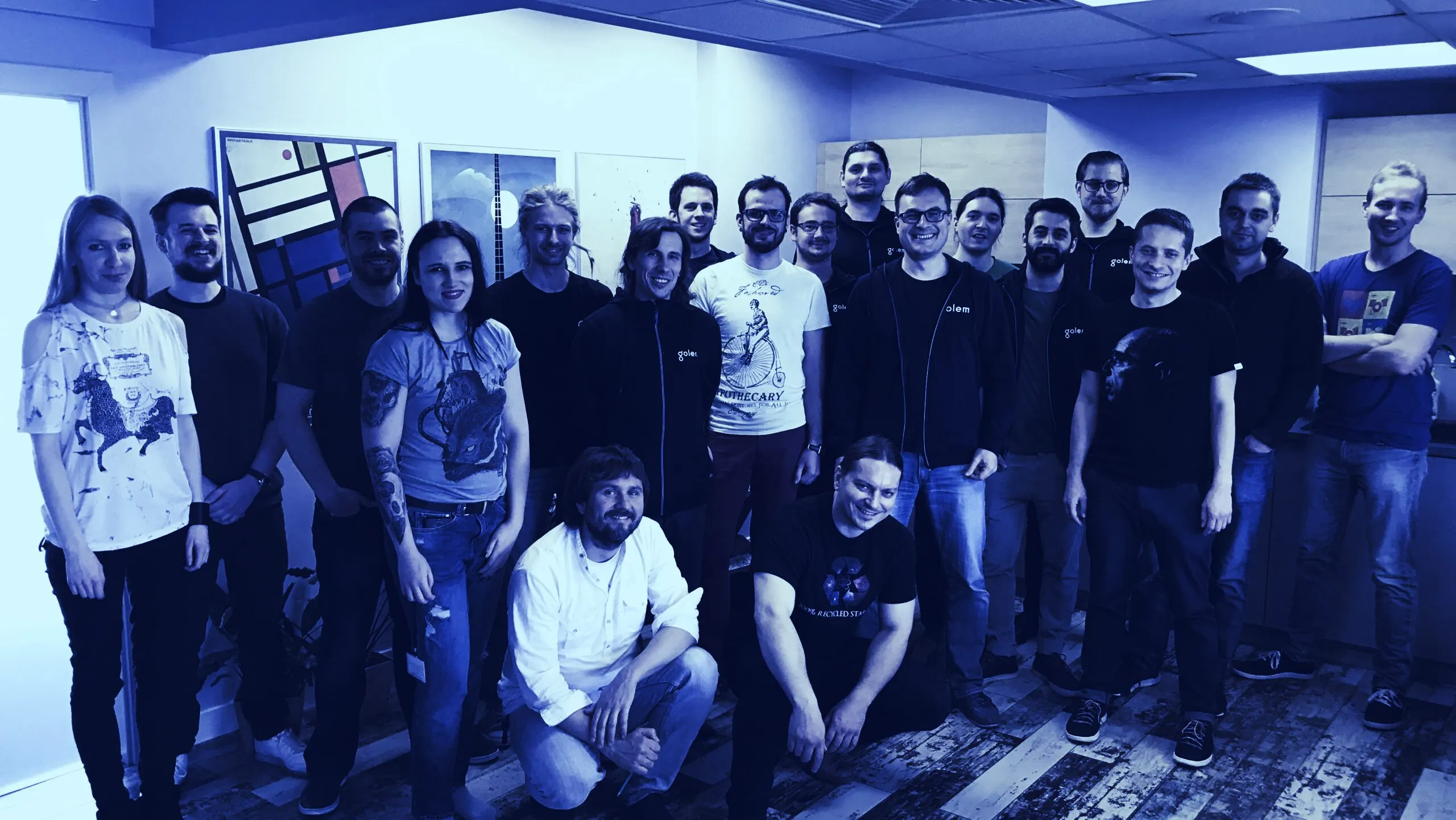One of the biggest knocks on the Web 3.0 world is that, despite enormous sums of money paid out to startups in last year’s ICO frenzy, nothing has emerged as a killer decentralized app. In fact, all but five Ethereum dapps have more than 500 daily users.
Part of the problem is a lack of public awareness. But even among early adopters, there’s been indifference to the tangible benefits of dapps—most of which do the same thing as centralized apps, but are harder to use and cost money.
ETHBerlin is hoping to change all that in its upcoming hackathon in Germany, September 7-9. The organizers have vowed to run the entire conference, which an estimated 750 will attend, on a variety of dapps, assess them, and let the world know about the good stuff.
“The decentralized ecosystem needs to take on the responsibility of trying our dapps and collaborating with others by testing them, if we truly want Web 3.0 technologies to thrive,” says Maria Fernandez, co-organizer of ETHBerlin and head of external relations at Golem. (Golem is itself a dapp, and provides a way for users to sell their excess computing power.)
The conference will be asking users to rely on a dozen or so dapps, including messaging network Status; prediction market Gnosis; and live-streaming network Livepeer, in its weekend hackathon. (See fuller list here.)
Fernandez says ETHBerlin is a collective of people already working on projects in the space, but needs to put its money where its mouth is. She argues that mainstream apps are redundant when there are decentralized alternatives that do the same thing; dapps are more secure and private, she says.
“If Dapps are adopted by a few large players, mass adoption could follow.” Jasper van Vug, a Golem community member
One problem for developers is getting user feedback—especially when they have so few users. Lama Mansour, product manager at prediction market Gnosis, says that getting user feedback at the conference is key to improving the platform and gauging interest and demand.
“We will have markets with topics relating to ETHBerlin to further engage the visitors and highlight a real experience where prediction markets can be beneficial in real life,” says Mansour.

The event will be livestreamed through Livepeer, whose team will help developers build video features into their dapps.
To dapp or not to dapp
Among other benefits, the promise of dapps is that they are distributed across the nodes of the network, which makes them exponentially harder (if not impossible) to hack. Dapps can monetize things that are difficult to monetize, such as user content, and can store value without the need for a third party, meaning users can create private money-sharing networks.
But for mass adoption, they need to be user-friendly and accessible.
Jon Wood, Chief Information Officer of Ethereum blockchain explorer Trivial, is skeptical and believes that dapps won't catch on until they do something users really need—and do it with the same level of polish of traditional apps: "Ethereum Dapps still aren’t great in my opinion," says Wood. He says that the user interfaces tend to be "clunky," and adds that there's "nothing to really keep the user there."
In Golem’s case, though its user interface is good and the introductory walk-through helps onboard new users, the dapp ought to be simpler to use, says Jasper van Vugt, a Golem community member and mechanical-engineering student. For instance, some users struggle to configure “port forwarding,” which allows remote users to connect to a service within a local network— a necessity on a peer-to-peer system. Likewise, the “batch transaction system used for sending and receiving rewards is working as intended, yet quite slow.”
Van Vugt says these are short-term problems that will be fixed. He's also optimistic about the steady evolution of dapps. His advice: make them more available, keep prices competitive and demo them at universities. He says, “If dapps are adopted by a few large players, mass adoption could follow.”
In the meantime, the world awaits the attack of the killer dapp.
Read Next: Daily Debrief, September 13, 2018.

